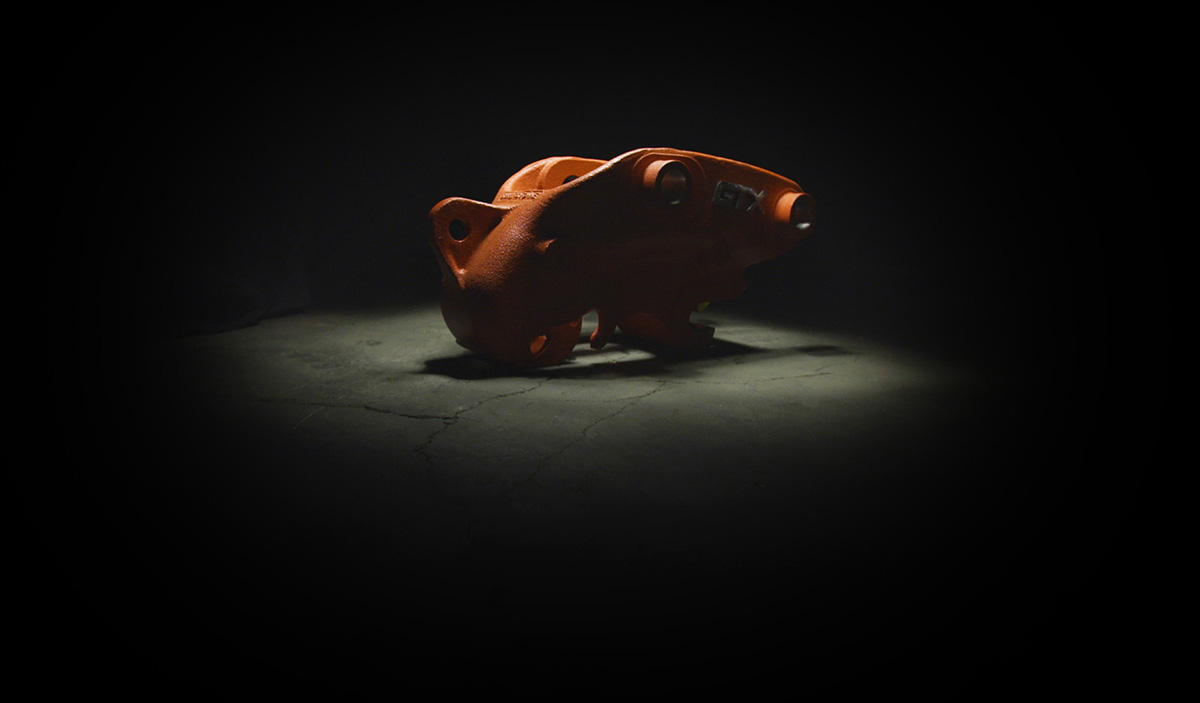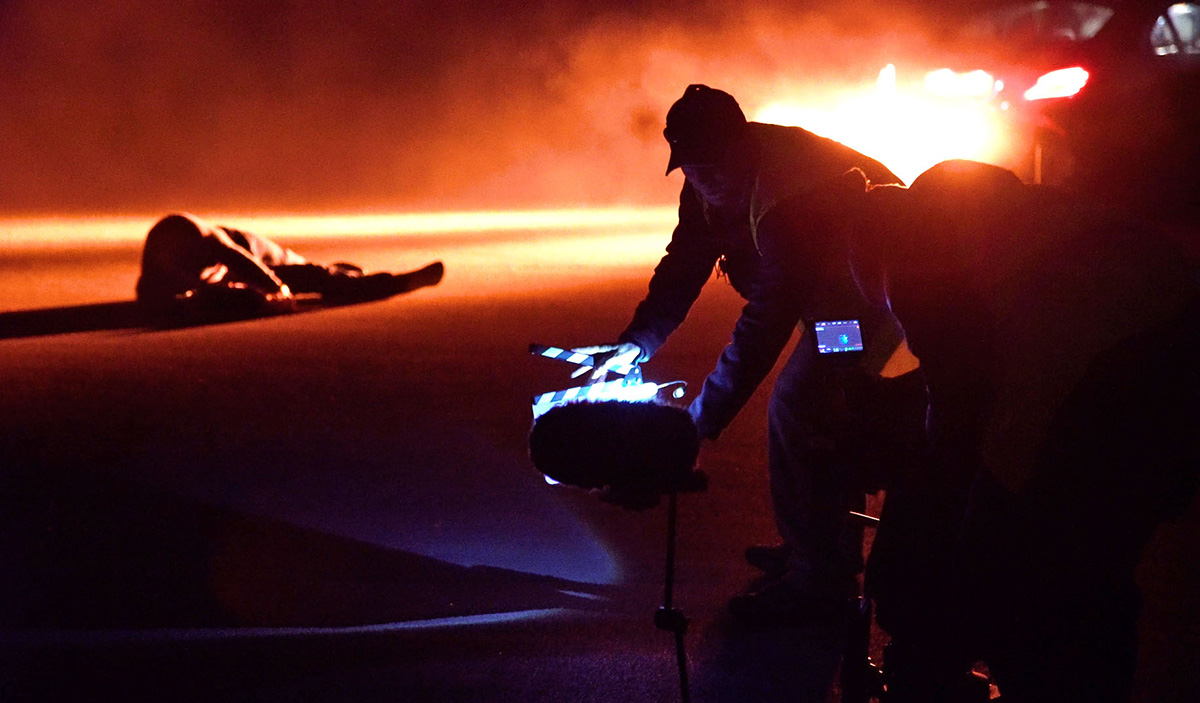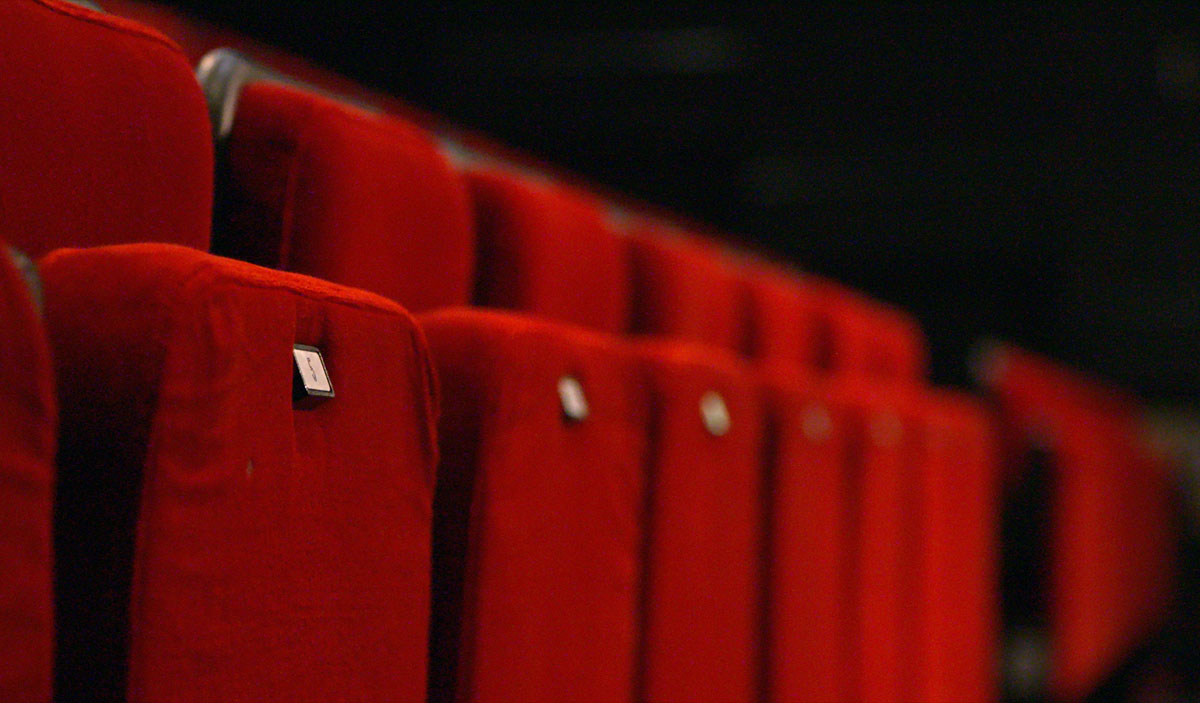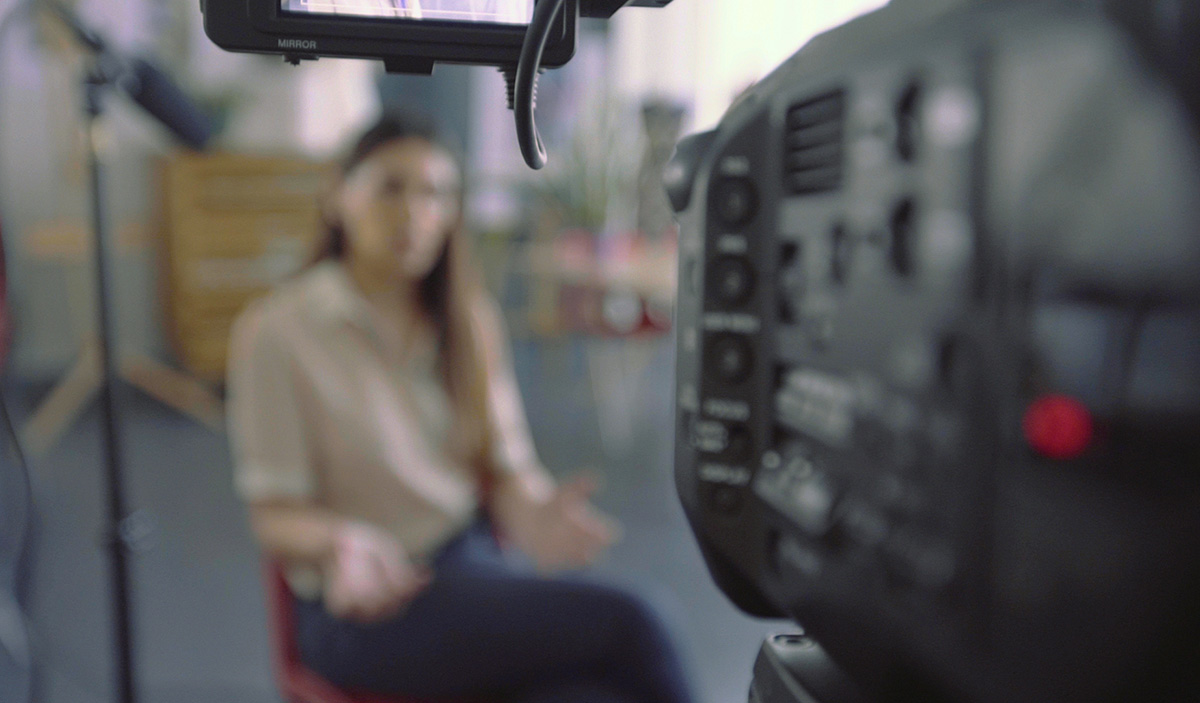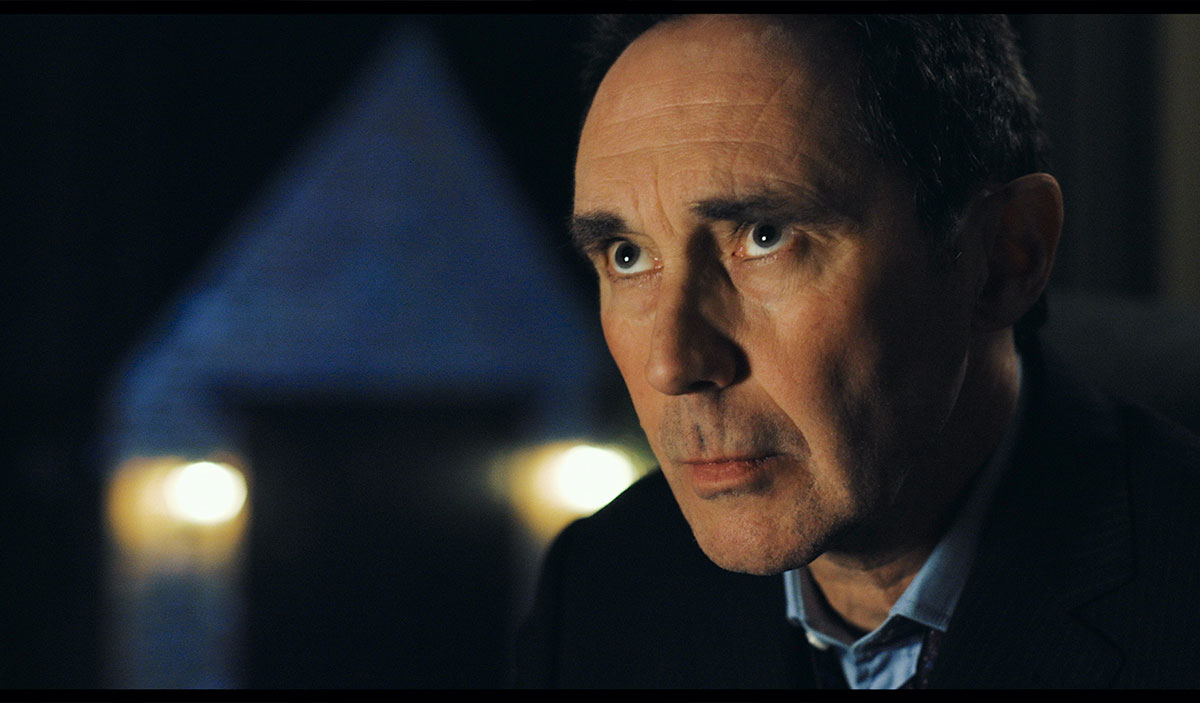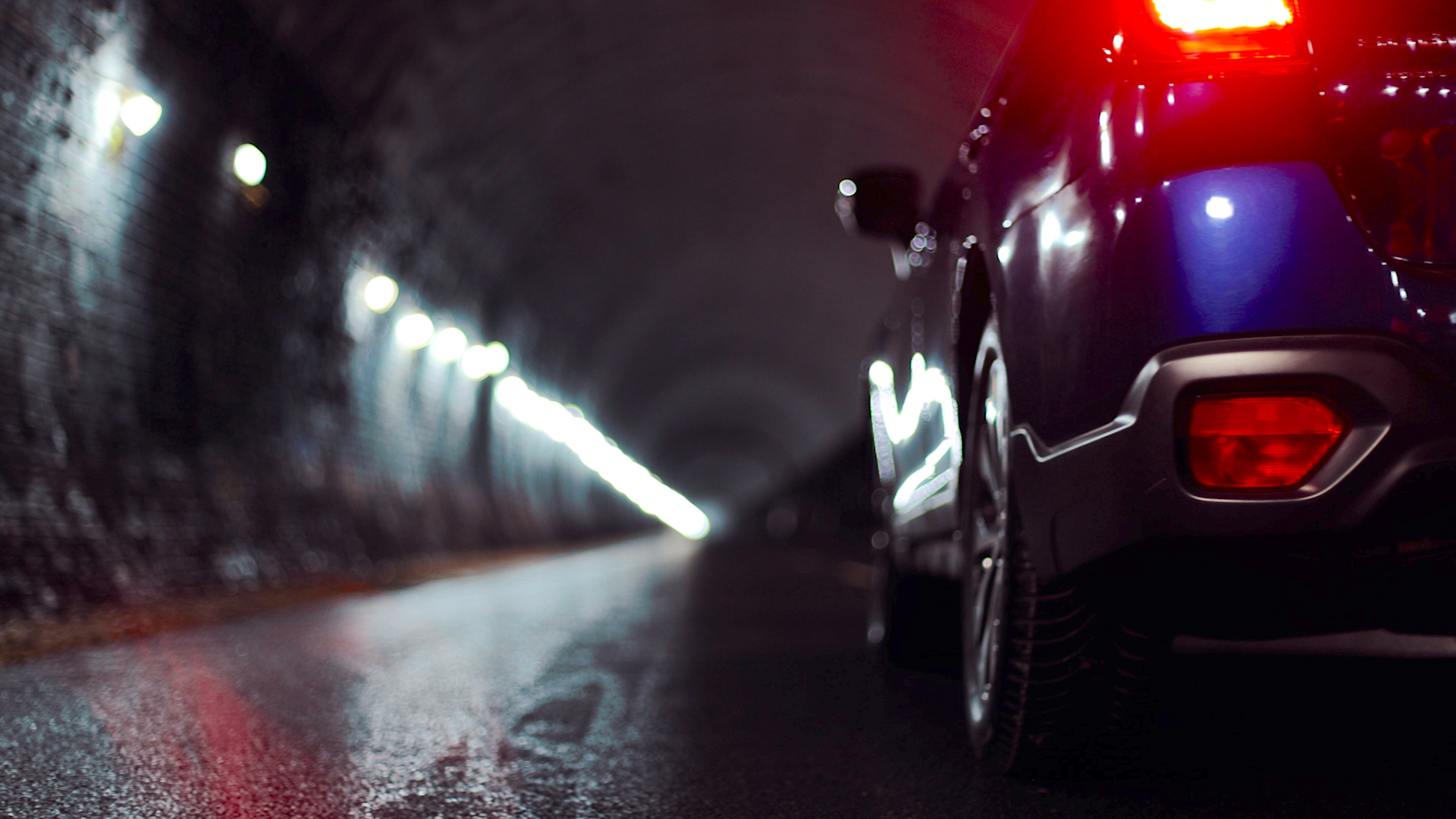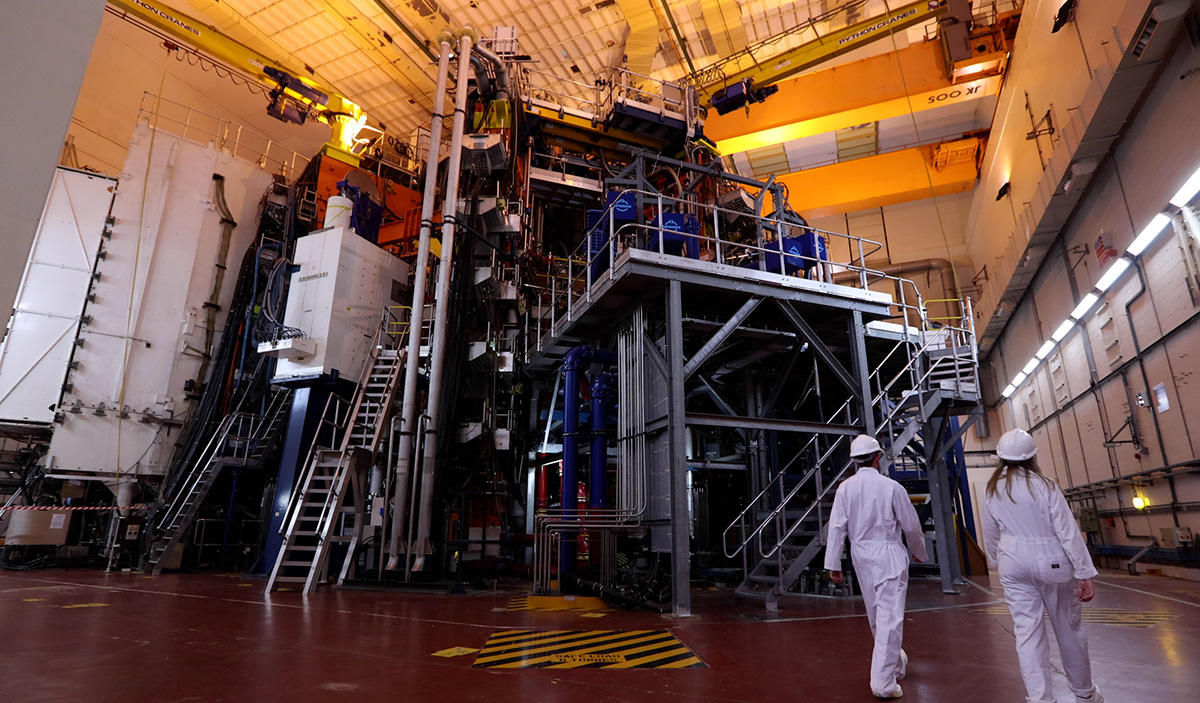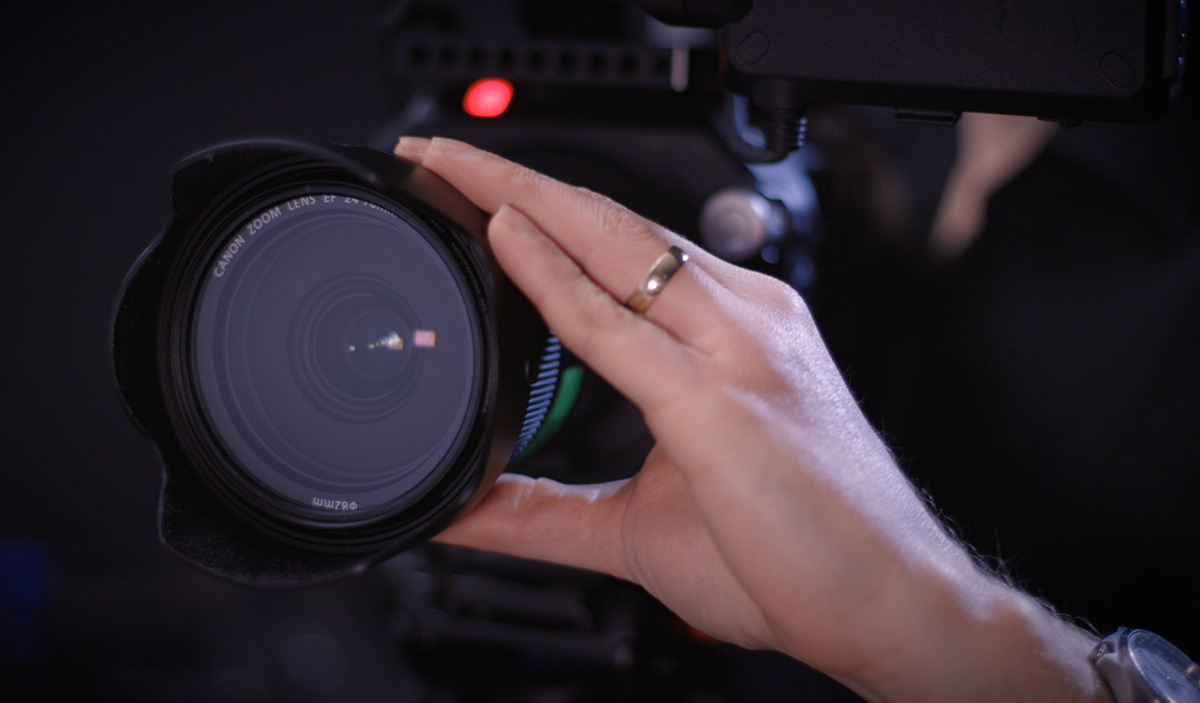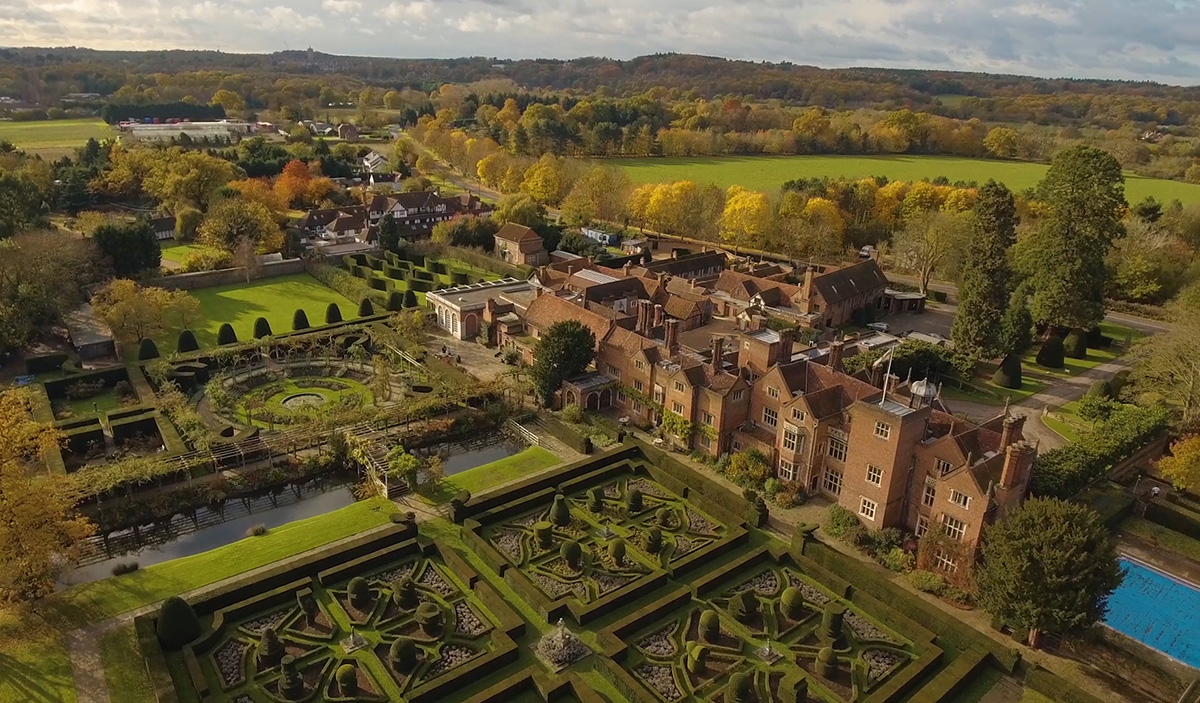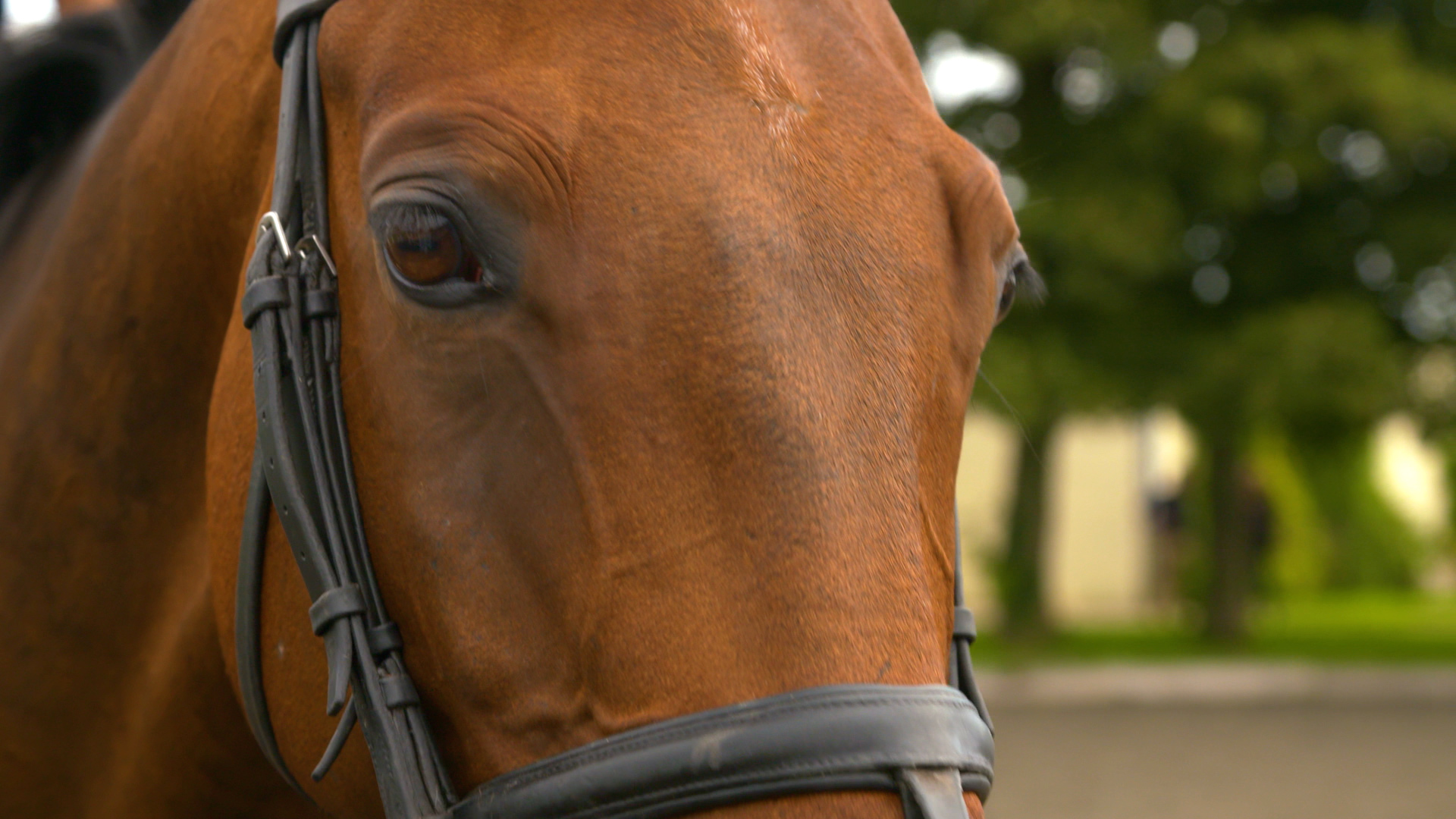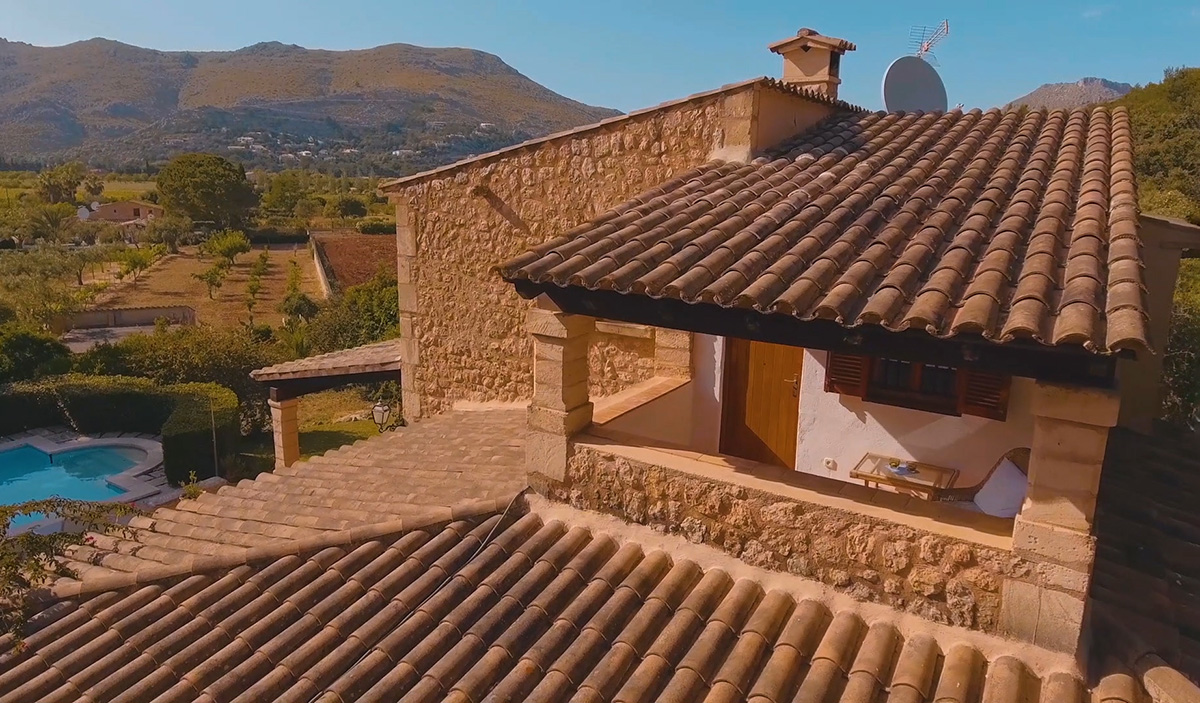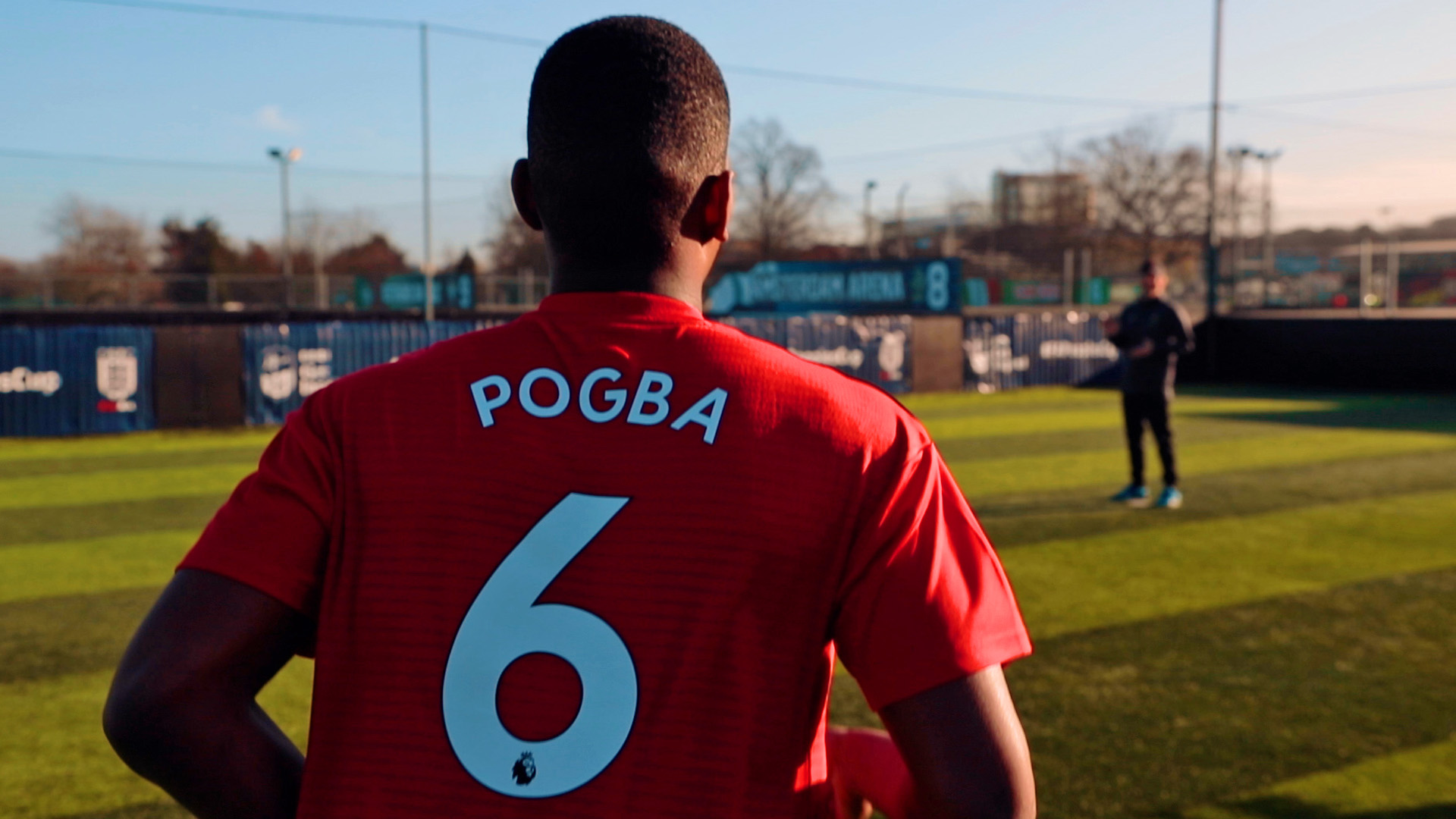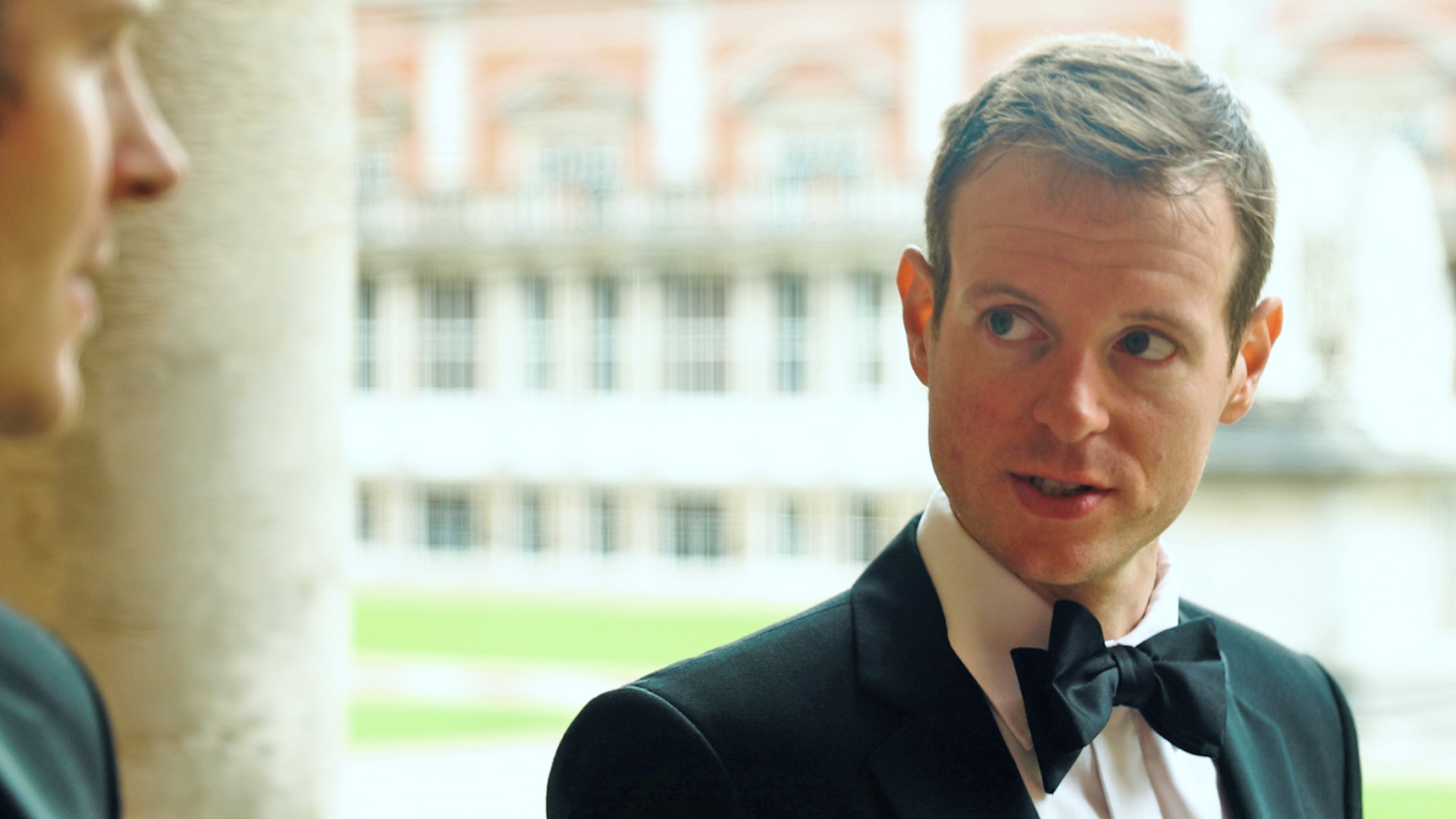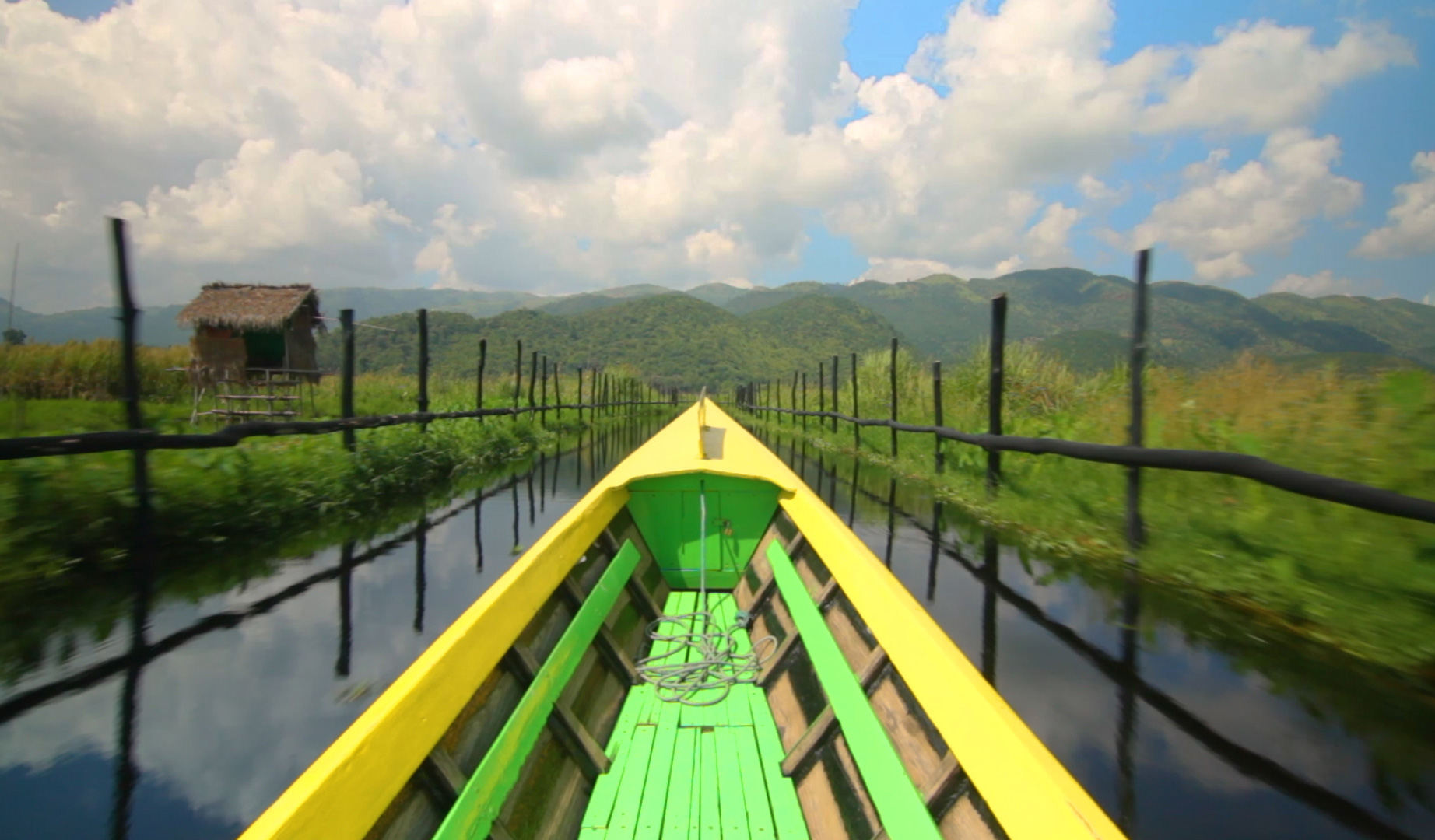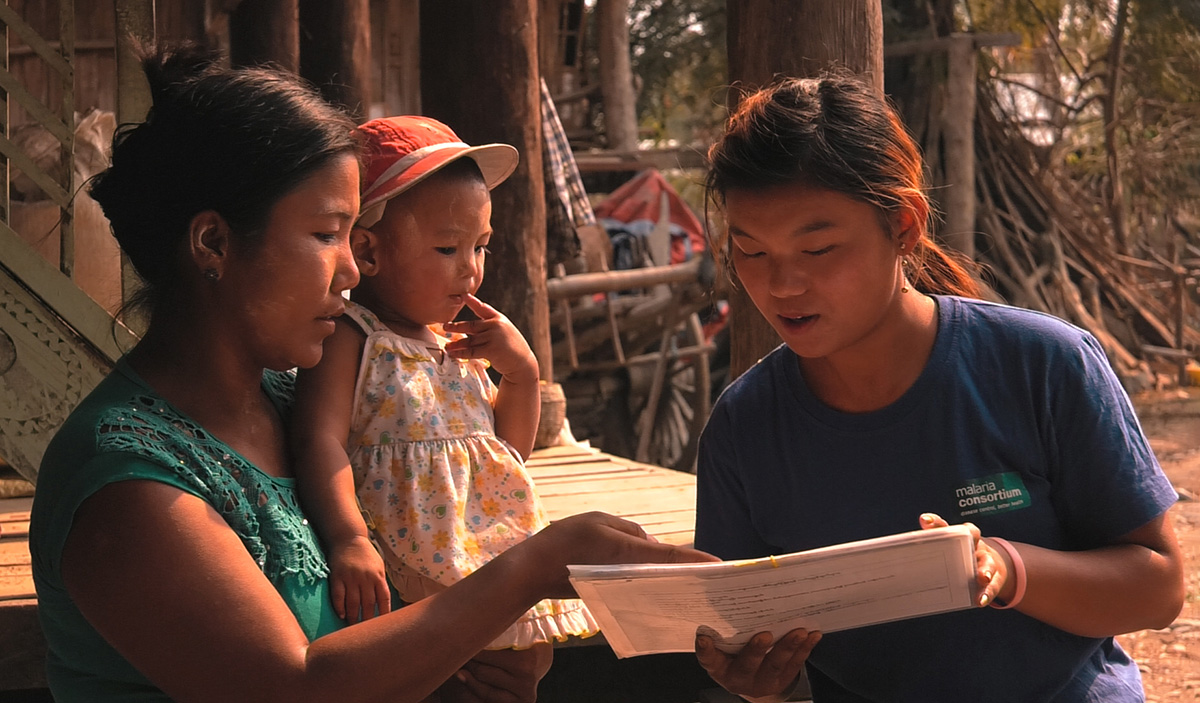For this piece Howarth Timber and Building Supplies wanted something fun that would best represent their user’s journey through their friendly and efficient site in Yorkshire. The best way to do this was to create a POV (point of view) sequence that would put the viewer in the shoes of an average customer. We sometimes get requests to make these types of films look less formal or ‘produced’, and hence more like real life – this is a good example.
From their first-person point of view, we see our customer arriving at the site by car, heading to the first depot where they collect a pre-arranged material from an attendant. Rather like an assembly line, then they can drive to the next building which is a timber and sheet materials depot, and custom-order a length of wood and have it cut to fit. This gets loaded into the car and the customer briefly visits the sawmill and wood depot next door, meeting and chatting with the friendly staff. Next our visitor heads into the showroom area and meets the site manager who offers coffee, and does a quick walk around a pristine showroom of kitchens, bedrooms and bathrooms, admiring the smooth finish on the countertops and opening cupboards. Taking a brochure on the way out, they next meet a paint mixer operating one of the machines and investigate all the smaller materials, fittings and attachments that are available in the store. Heading to the checkout counter, they are able to show a pre-arranged order on a phone screen and are able to collect the corresponding package from the checkout assistant. Finally they drive out of the site with everything needed, saying goodbye to the employee at the gate.
For this shoot we used several tricks to get the POV footage we needed. The majority of the shoot was done with the operator filming using a wide-angle lens on our Glidecam, a manual handheld gimbal with a weighted counterbalance. This provides a more natural and organic-looking result than a motorised gimbal which tends to look more robotic; as usual it’s picking the right tool for each job that makes the difference. The real trick was getting all the participants to look into the camera when speaking, and not at the operator.
For the moments where we needed to see a hand enter the frame, such as to pass something to somebody or to shake a hand, a second crew member stood behind the camera operator and reached into the frame. Then the demands became more complex for the participants, as they had to remember to shake one person’s hand but still look and interact with a camera being held by someone else! For one shot, both hands were needed in frame to pick up a box, and so the operator leant in and held the camera upside down between the hands instead.
For the sections where our character driving was needed, we tried two methods. For some of the shots the camera operator sat behind the driver and held the camera very close to his eye view, and for a handful of shots where this wasn’t possible we used a head-mounted action sports camera worn by the driver. We connected all the above methods with whip pans and speeded up sequences so that it flows as a single story. Enjoy the film!
